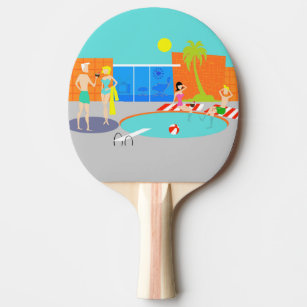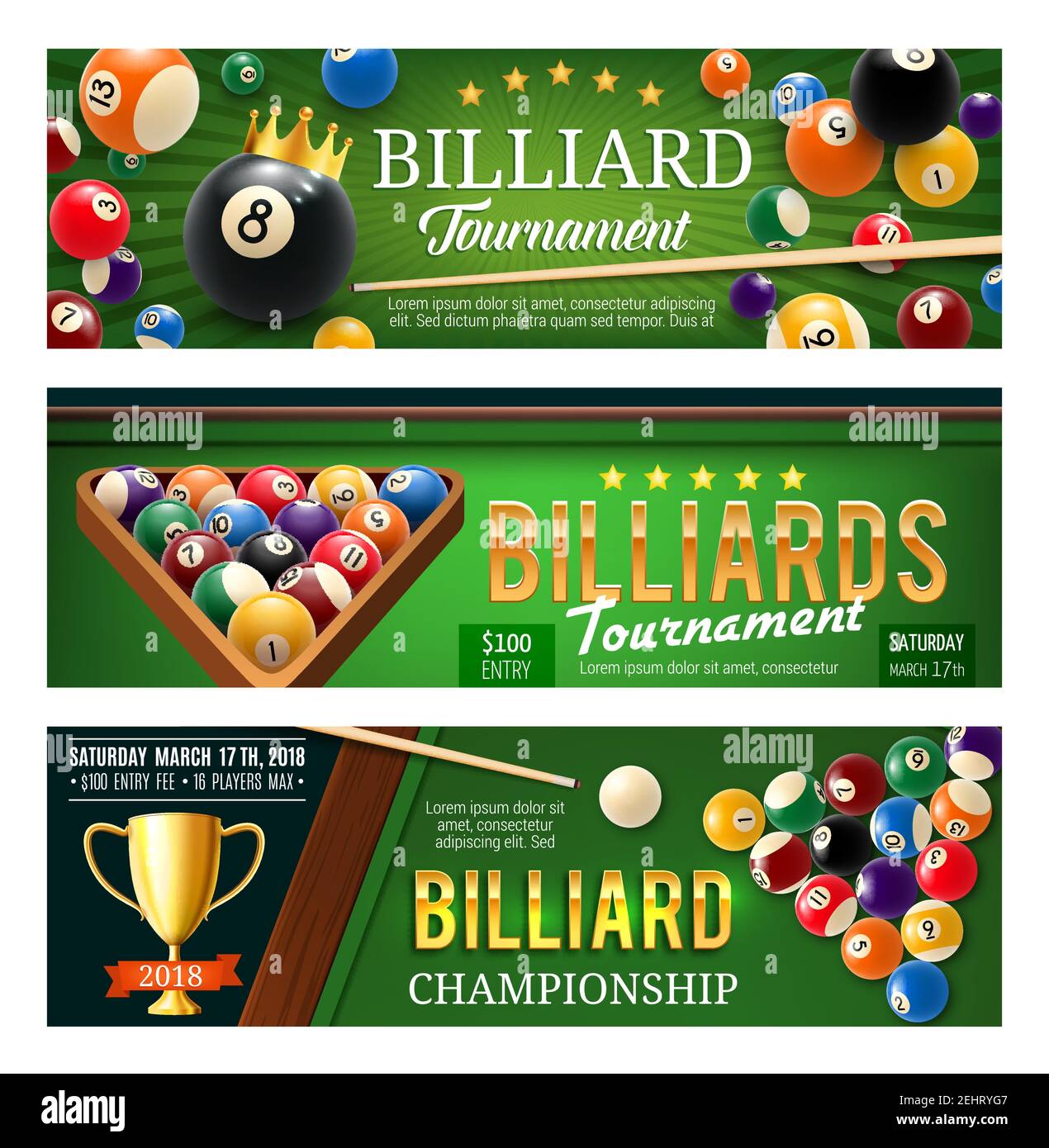
Although pool and billiards are similar, there are some key differences. First, they use different table sizes. Billiard tables are more spacious than pool tables and require larger balls. Billiards cues are also thicker and shorter than pool cues.
Carom billiards is free of pockets
Carom-billiards are unlike pocket billiards in the fact that they have no pockets for holding the balls. They also use three rather than the usual four balls. Players shoot the balls with their cue, which should be aimed in such a way as to produce certain ricochet outcomes. These games require a lot skill and ingenuity. Each player gets three turns. Players can earn as many as 500 points but the highest ever recorded score is just 427.
Carom billiards' objective is to accumulate as many points as possible before your opponent and do it within a time limit. A successful shot earns you one point. Misses are not penalized. Aramith Carom Balls can be used to play artistic billiards.
Only 3 balls are used
Billiards and pool are two variations of the carom. Both games involve three balls: the red and carom balls. The cueball is also used in carom billiards. The yellow and brown are the balls that are used in carom billiards. Both games are played on tables that measure five by ten foot.

In billiards, the game is played on a pocketless, five-by-10-foot table with three balls. In three-cushion, the cueball is marked on one end with a small black dot. The object ball is the red ball. The game's goal is to score the most points.
Snooker cloth has a noticeable directional nap
Snooker cloth is distinguished by its directional nap, which influences the trajectory. It is thick and made of 100% wool. This is different than carom cloth, which tends to be worsted and made for speed. Both types of cloths have different purposes and are used for different games.
It is easiest to see the difference in direction when you are moving slowly towards the middle. If the ball falls into the side cushion, it will be dead weight. This can be prevented by aiming your shot towards the inner or far jaws of the middle pocket.
Modern billiards cues
Modern billiards cues look very different to traditional pool cues. They can be made out of different materials. Most billiards cues are made with steel or brass as the male and feminine connection points. These materials are stronger against temperature changes, and they expand and contract less quickly than other materials. Not only are the cue materials high-quality, but many cues also have silver inlays and precious stones.
Billiards were born out of outdoor stick and ball games. The game is also known as "ground billiards," and it's very similar to modern games like golf, croquet, and hockey. Modern billiards cues have different functions, despite the similarities.

History of billiards
History of pool and billiards dates back to 14th-century, when ground billiards first appeared. Two French words are thought to have been the source of the term 'billiards'. The first is billette, which refers to a mace stick that is used to smash balls. The second is bille, which means tail. Frenchmen, in addition to being the English-language game's inventors, also contributed to its evolution.
Billiards and pool were very popular in England and Europe during the eighteenth century. King Henry VIII, Edward VI, the Archbishop and Archbishops of Glasgow attended events that featured games. Cardinal Thomas Wosley was a friend of the King and wrote a letter praising pool. Billiards were a noble game. French kings ordered joiners to build their billiard table in 17th century. The game has evolved significantly over the years, with the role played by pockets changing with the times.